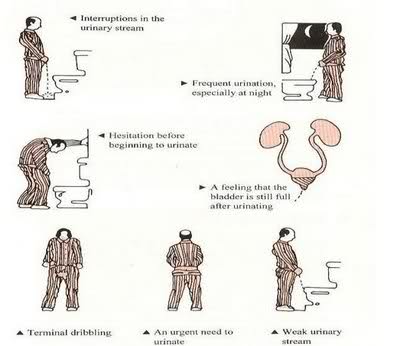MNEMONIC: FUNWISE During the last 1 month, how often/many times you had to – 1. Frequency: Urinate again <2 hours after you finished urinating ? 2. Urgency: Difficulty in postponing the urine ? 3. Nocturia: Get up to urinate from bedtime to wakeup ? 4. Weak stream: Weak urinary stream…
Tag: General Surgery

Craniopharyngioma – Case Discussion
Case Summary A 38 year old female came with: Headache for 6 months Diminution of peripheral vision bilatetrally Irregular menstrual cycle for the last 1 year Now, polydypsia and excessive urination Her prolactin level was 115.6 ng/ml (increased), FSH was 1.3 mIU/ml (decreased) and LH was 0.242 mIU/ml (decreased). CT…
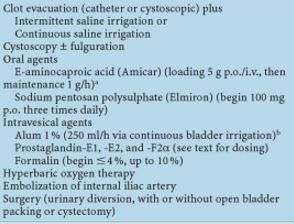
Radiation cystitis : Diagnosis, prevention and management
Cause of radiation cystitis: Bladder in the radiation field (treatment of pelvic malignancies like prostate, cervical, colorectal) Epidemiology of radiation cystitis: Incidence: 23% to 80% (variability due to variability in type and dosing of radiotherapy among different medical subspecialities) Incidence of severe hematuria: 5-8% Mean duration for developing radiation cystitis:…
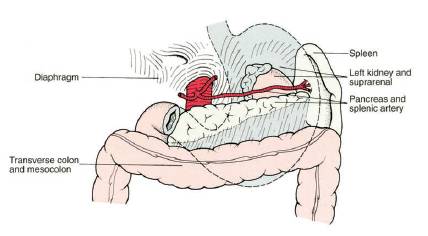
Surgical Anatomy of Stomach
GASTROESOPHAGEAL JUNCTION (CARDIA) It is the junction between esophagus and cardia of stomach Histologically: Mucosal transition from squamous to columnar epithelium Functionally: High pressure zone (Lower esophageal sphincter or LES) – Normally, LES is intraperitoneal, >2 cm long, and has a resting pressure >6 mmHg; not an anatomical sphincter but a…
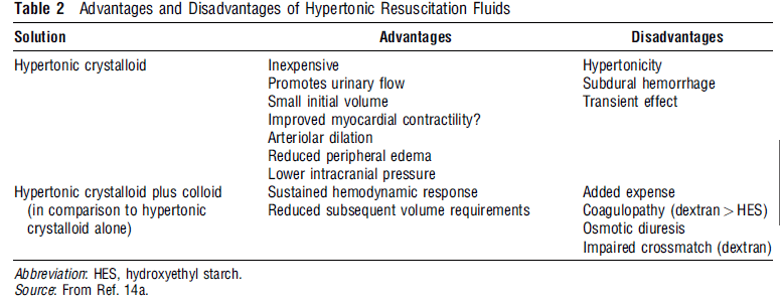
Head trauma fluid resuscitation
Peculiarities of cerebral circulation: 1. Brain and spinal cord is isolated from endothelium by BBB composed of continuous capillaries that limits movement of proteins and electrolytes 2. Fluid movement is primarily determined by osmolar gradient (in contrast to peripheral tissues – transcapillary gradient of large macromolecules) 3. Hence, administration of…

Burn Fluid Resuscitation
A) Clinical endpoints suggesting adequacy of burn fluid resuscitation: B) Pathophysiology of Burn:
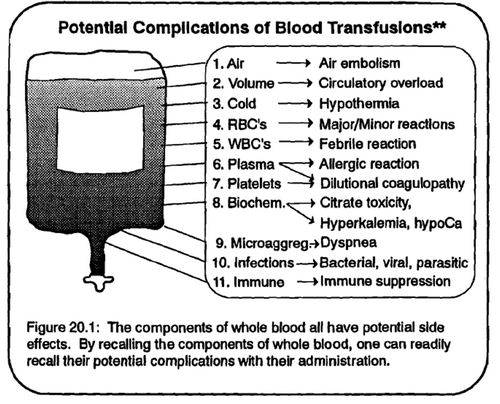
Perioperative Fluid Management
Author: Sulabh Kumar Shrestha, KISTMCTH A) RELEVANT ANATOMY AND PHYSIOLOGY Details of the body fluid compartments are described here Microvessels for fluid exchange: The Exchange Vessels – capillaries and most proximal part of the venules Sinusoidal capillaries (liver, spleen, bone marrow): freely permeable to all solutes Fenestrated capillaries (glands, glomeruli, GIT):…

Axillary Lymph Node Dissection
A) Indications: Clinical or radiological evidence of involvement of axillary nodes Microscopically positive sentinel node(s) due to metastasis from primary malignant tumor In sentinel node negative: 98 % accurate in predicting that the other nodes are negative In sentinel node positive: possibility of microscopic disease in any of the remaining lymph nodes is 15–30…
